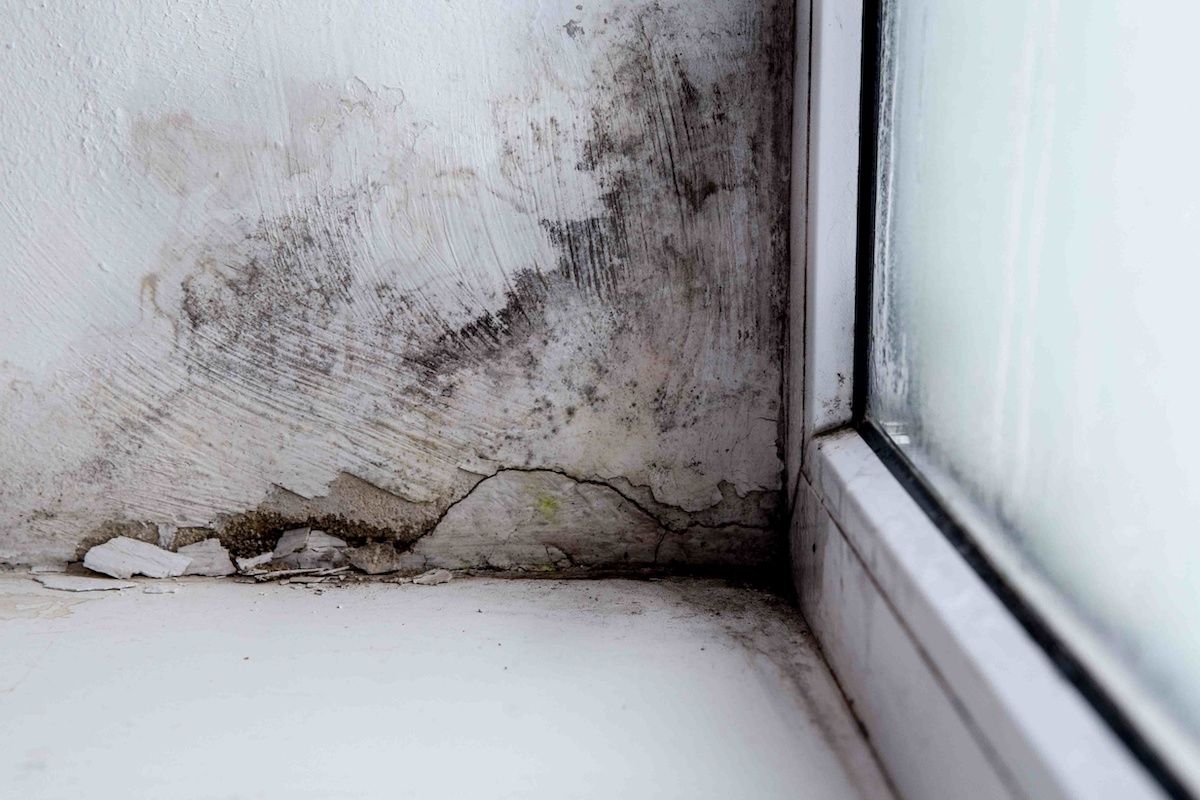Situating Post Remediation Inspection Near Me Services
Wiki Article
Specialist Tips for Post Mold And Mildew Removal Success
In the world of mold removal, effectively eliminating mold is just half the fight; truth obstacle lies in avoiding its reappearance. Post-remediation initiatives play a vital function in making sure a mold-free environment in the lengthy term. By adhering to professional ideas and ideal techniques, individuals can secure their areas against mold and mildew renewal and maintain a healthy interior setting. It remains in this stage of the removal procedure that attention to detail and aggressive measures absolutely make a distinction.
Monitor Moisture Levels Consistently
After finishing mold and mildew remediation treatments, preserving optimal humidity levels is critical to prevent mold re-growth and make sure a healthy and balanced interior environment. High humidity degrees over 60% develop a conducive environment for mold and mildew to prosper, making regular keeping track of an aggressive step to stop any future mold and mildew concerns.Making use of hygrometers or wetness meters can help in precisely measuring moisture levels in different areas of the residential property. These tools offer real-time data that makes it possible for remediation professionals to make educated decisions concerning air flow, dehumidification, and other required actions to maintain optimal humidity levels post-remediation. Furthermore, establishing a regular schedule for humidity checks, specifically in risky locations such as cellars, bathrooms, and cooking areas, is a positive technique to mold avoidance. By consistently checking moisture degrees, home proprietors can efficiently mitigate the risk of mold reoccurrence and keep a healthy and balanced interior atmosphere post-remediation.
Conduct Thorough Inspections Post-Remediation
Complying with the conclusion of mold and mildew remediation procedures, it is necessary to perform thorough assessments to verify the efficiency of the remediation procedure. These post-remediation examinations are vital in making sure that the mold issue has been effectively dealt with and that there is no reappearance or remaining mold growth. Examinations must be accomplished by qualified experts that have competence in recognizing mold and mildew and examining indoor air quality.During these evaluations, numerous methods such as aesthetic assessments, air sampling, and surface tasting might be employed to completely assess the remediated areas. Aesthetic evaluations entail a comprehensive examination of the properties to look for any noticeable signs of mold growth or water damages. Air sampling helps in figuring out the airborne mold and mildew spore degrees, while surface tasting can spot mold fragments on surface areas.
Implement Proper Ventilation Approaches
After making certain the effectiveness of the mold and mildew remediation procedure via complete evaluations, the next crucial step is to focus on implementing correct air flow approaches. Appropriate air flow is essential in avoiding mold reoccurrence by managing wetness levels and promoting air circulation.
Proper air flow not just aids in stopping mold and mildew development next but also adds to the total health and wellness and comfort of residents. By making certain appropriate air flow throughout the residential or commercial property, you can decrease the threat of mold and mildew regrowth and develop a much healthier living atmosphere. Routine upkeep of air flow systems, including cleansing and filter replacements, is crucial to sustaining effective ventilation. Consulting with a/c experts can give additional insights into maximizing air flow approaches for your details residential property requirements.

Usage Mold-Resistant Products for Services
To enhance the long-lasting effectiveness of mold and mildew remediation initiatives, integrating mold-resistant products for repair services is vital in minimizing the risk of future mold and mildew development. Mold-resistant materials are created to endure moisture and inhibit mold development, making them an important selection for locations vulnerable to dampness and moisture. When repairing locations impacted by mold, making use of materials such as mold-resistant drywall, mold-resistant paints, and mold-resistant caulking can aid prevent mold and mildew reoccurrence.Mold-resistant drywall is an outstanding alternative to typical drywall in locations like shower rooms and basements where wetness degrees are higher. When revealed mold removal products to damp conditions, this type of drywall has a special layer that withstands mold growth even. In addition, utilizing mold-resistant paints containing antimicrobial agents can even more hinder mold advancement on ceilings and wall surfaces.
In locations where moisture is common, such as bathroom and kitchens, using mold-resistant caulking around home windows, sinks, and tubs can assist secure out water and prevent mold and mildew from holding in splits and holes. By spending in these mold-resistant products throughout repair work post-remediation, you can significantly lower the chance of future mold problems and maintain a healthier indoor environment.
Maintain Cleanliness and Address Water Issues
After mold removal, it is vital to keep a clean environment to protect against the regrowth of mold. Leaks, water invasion, or high humidity degrees can create the best breeding ground for mold, so it is critical to take care of any kind of water-related troubles instantly.To maintain cleanliness, consider using HEPA filters in vacuums and air cleansers to catch mold and mildew spores and stop their blood circulation airborne. Additionally, guaranteeing proper ventilation in locations vulnerable to moisture accumulation, such as shower rooms and cooking areas, can help maintain moisture levels in check. By remaining cautious regarding sanitation and resolving water issues quickly, you can effectively prevent mold reinfestation and keep a healthy indoor atmosphere.
Final Thought

In the realm of mold and mildew removal, efficiently eliminating mold is only half the battle; the true challenge lies in stopping its reappearance. After completing mold removal procedures, maintaining optimal moisture levels is critical to avoid mold and mildew re-growth and make certain a healthy interior environment. High moisture levels above 60% develop a conducive setting for mold to prosper, making normal monitoring a proactive action to his response prevent any future mold and mildew issues.
To enhance the lasting performance of mold and mildew remediation initiatives, including mold-resistant materials for repair services is crucial in reducing the risk of future mold and mildew development. After mold and mildew removal, it is crucial to preserve a clean environment to avoid the regrowth of mold.
Report this wiki page